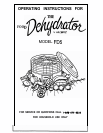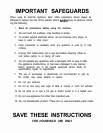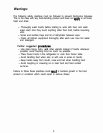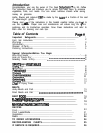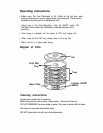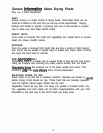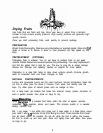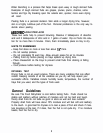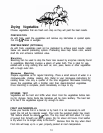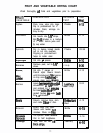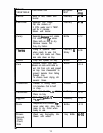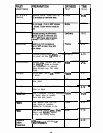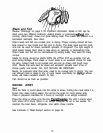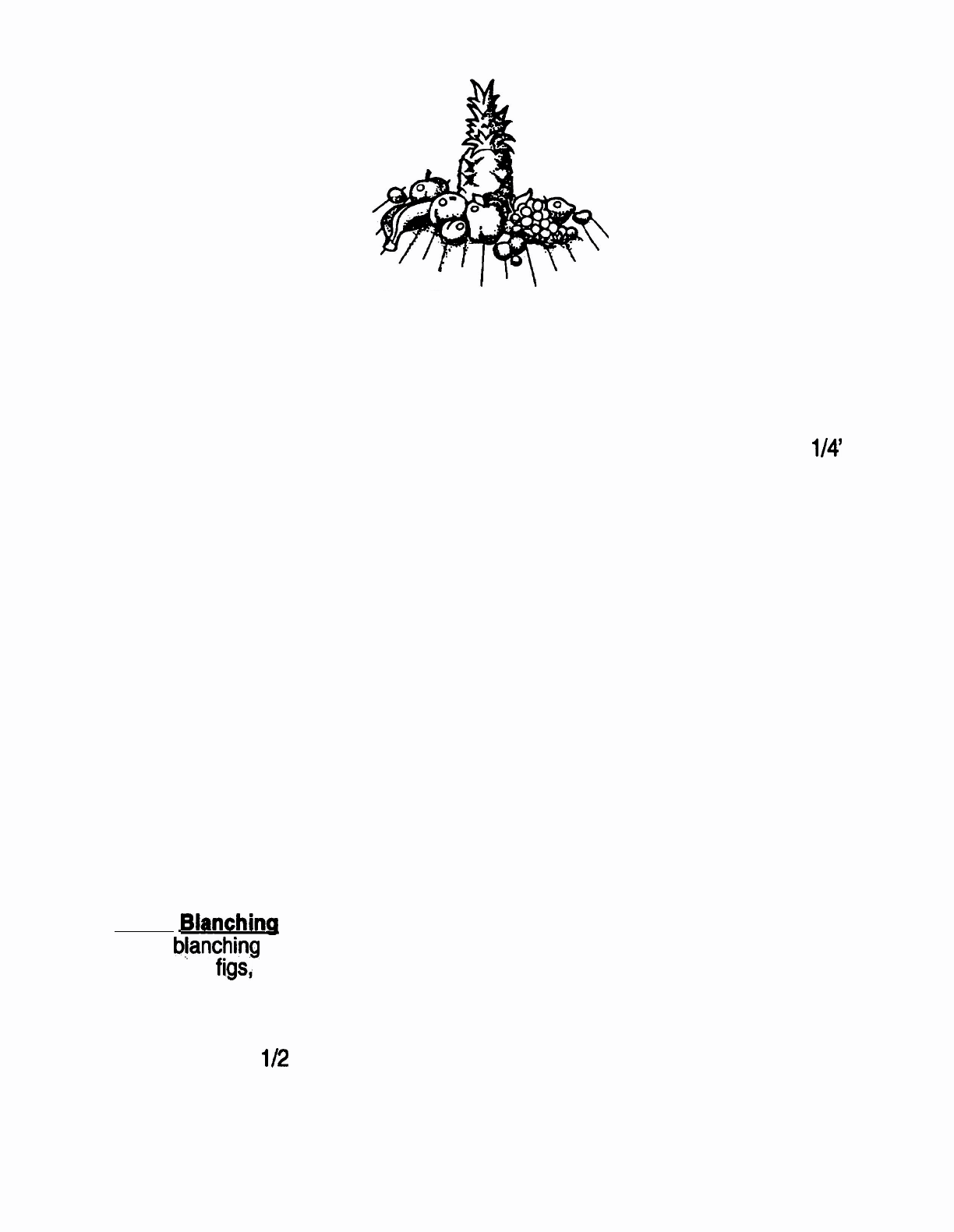
Drying Fruits
Use fruits that are fresh and ripe. Grow your own or select from a farmer’s
market to help ensure quality produce. High quality produce will generate high
quality results.
Once you start processing fruits, work quickly to prevent spoilage.
PREPARATION
Wash fruits thoroughly. Remove any blemishes or spoiled spots. Slice into
slices or circles or in halves. A slicer or food processor will help speed up this
step.
PRETREATMENT (OPTIONAL)
Pretreating fruits is optional. You do not have to pretreat fruits to get good
results. Listed below are several options for pretreating. You may experiment
and find the option that is best for you. The key to long life is proper storage.
Review the “Storage and Labeling” section on page18 for more details.
Pretreating is a step that helps to slow down enzyme growth. Enzyme growth
leads to unwanted color and flavor changes in fruits.
NATURAL PRETREATMENTS
Lemon and pineapple juices are the most common natural pretreaters. Soak the
cut fruit in either juice for about 2 minutes. Then place fruit directly onto the
trays. Try other types of natural juices such as orange or lime.
For a tasty treat, dip soaked fruit slices into coconut, honey, spices, cinnamon or
even a gelatin powder, then place on trays to dry.
Syrup
Syrup is a process that helps retain the color of apples, apricots,
nectarines,
peaches, plums, and pears. This process results in a sweeter
tasting candied fruit.
Mix 1 cup sugar, 1 cup white corn syrup and 2 cups water in a large heavy sauce
pan. Add 1 and pounds of cut fruit. Bring to a boil. Then remove from heat
and let stand about 35 minutes. Do not stir while the fruit is sitting, this causes
the fruit to break up and lose juice. Drain and lightly rinse with water, then place
on trays to dry.
8



